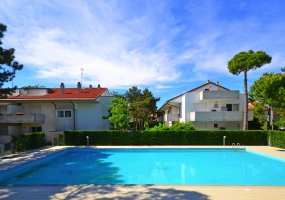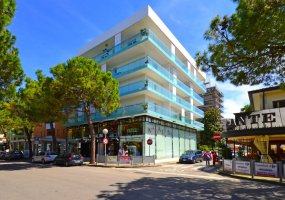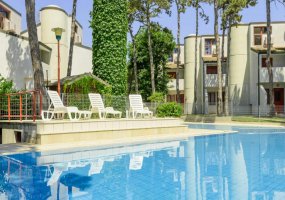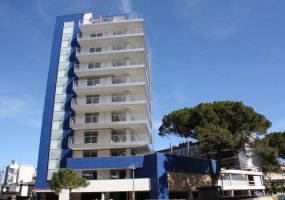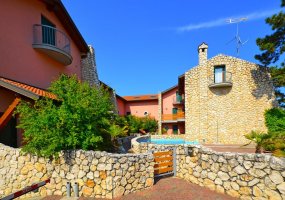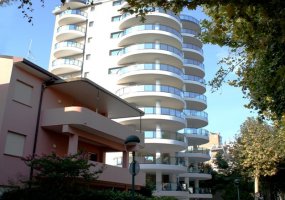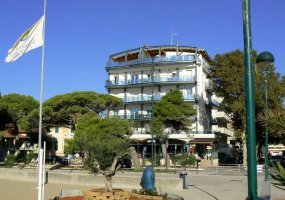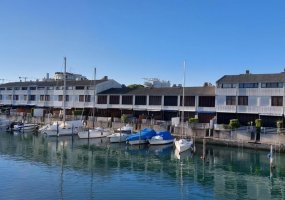Aside the existence of a little settlement during the Roman empire era, until the 1903 the peninsula of Lignano on the ancient maps was just an empty space between the republic of Venice and the ancient fortress of Marano.
During the dominium of the Venetian Republic, Lignano was given in feud to different noble families, of which the Vendramin family feud owners of Latisana, that built in the second half of the XVI century the little church of San Zaccaria.
At first of the XVIII century was built at the end of the peninsula, a fortress to watch over the access of the Lagoon of Marano and Lignano passed to the military domain of Venice. A second fortification was built in Napoleonic era, near the “Guardia di Finanza” barrack.
Historic sources say that in the 1813 the presence in the peninsula was at least of 70 people including the soldiers.
At the beginning of the 1900s, Lignano was still a strip of land covered by pine woods between sand dunes shaped by the winds towards the sea and marshes, salt meadows and sandbanks towards the lagoon, connected to the mainland through the river courses flowing into the lagoon.
It was partly uninhabited and the peasants' houses stood near the Tagliamento river while those of the fishermen near the lagoon.
The bathing history of Lignano began on April 11 1903, when 6 boats arrived from Marano, carrying on board some journalists, administrators and politicians with their respective spouses, to trace the base of the first bathing establishment "Bagni di Porto Lignano" on the sand, a modest wooden construction located on the eastern tip of the peninsula, the furthest from the mainland, but the closest to the port of Marano.
The access through the sea conditioned the development of Lignano by getting start it from the end of the tip, then to extend during the time toward west, until arriving at the Tagliamento.
The first street joint the land at the sea and from there, there was a parallel way at the beach, and on this 2 axis were built between the 1903 and the 1910, the first hotels and the fist villas.
Subsequently the start of the first world war the hotels were empty, the villas closed and in Lignano there were just 3 hoteliers with their families.
With the defeat of Caporetto on November 1917 arrived the Austrians that destroyed completely the bathing facility to make firewood.
Because of the malaria, spread in the adjacent swamps and on the lagoon’s access, the first development of Lignano was slow and it started just after reclaiming of the unhealthy, did in the 20s and the realization of a revolving bridge of Bevazzana in 1922 and of the street between Lignano and Latisana in 1926.
In the thirties the church was built, and also the dock and the marine colony and Lignano became "Stazione di Soggiorno".
At the end of the 1930s the city already registered 60,000 visitors, 60% of whom Italians but the development followed by the 1936 regulatory plan, was stopped again by the outbreak of the Second World War to resume at a rapid pace in the fifties when the holiday home in Lignano became a symbol of the well-being achieved by the new bourgeoisie.
The plan for Pineta, designed by the well-known Udinese architect Marcello D'Olivo, was fundamental for the urban planning of Lignano after World War II.
The years of economic boom and mass bathing followed and the 25,000 bed places in the early sixties passed to the 75,000 beds in 1973.
In the seventies the new sea terrace was built, designed by the engineer Bernardis.
Today Lignano is an important center of seaside tourism, which in summer attracts hundreds of thousands of tourists becoming the most populous city in Friuli and among the most mundane of the Adriatic.

